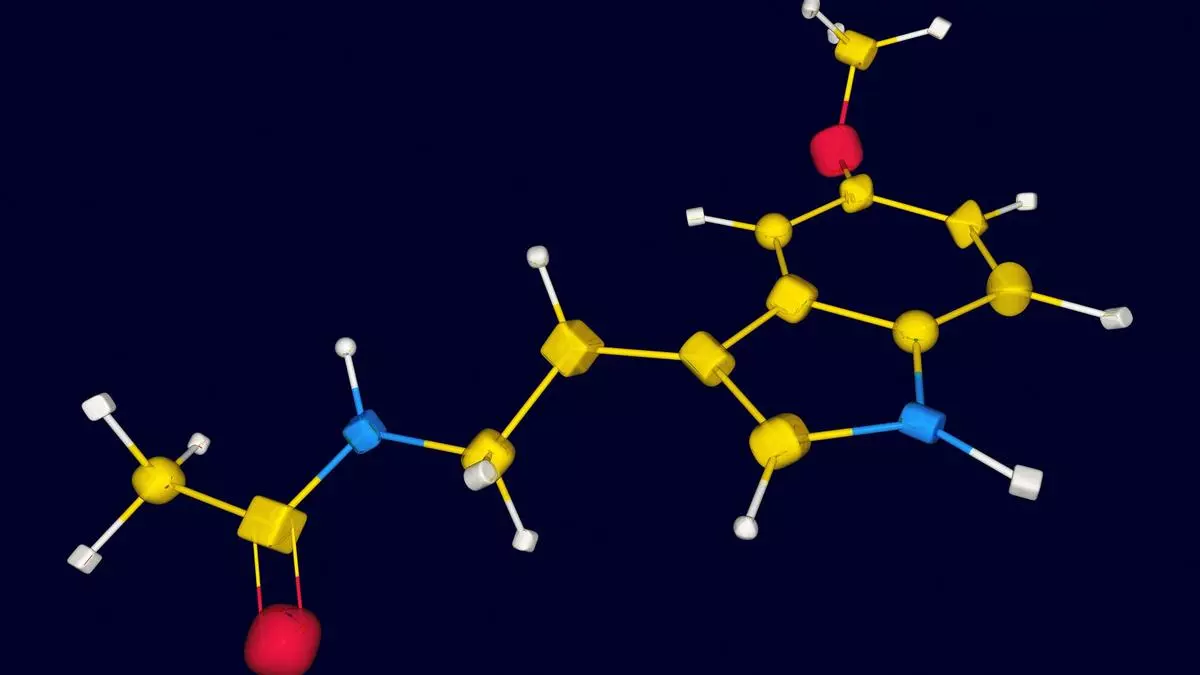Scientists have proved that nano-formulation of melatonin, the hormone produced by the brain in response to darkness, showed improved antioxidative and neuroprotective properties and could be a potential therapeutic solution for Parkinson’s disease (PD).
One of the most common neurological disorders, PD is caused by the death of dopamine-secreting neurons in the brain due to the aggregation of synuclein protein. Available medication can only minimise the symptoms but cannot cure the disease, and this underlines the need to develop improved therapeutic solutions.
Studies over the last decade have shown the implications of PD-related genes in governing a quality control mechanism called ‘mitophagy’, which identifies and removes dysfunctional mitochondria and reduces oxidative stress.
Among several other antioxidants, melatonin, a neurohormone secreted from the pineal gland (an endocrine gland present in the brain) that regulates the sleep-wake cycle and is used to treat insomnia, could be a potential inducer of mitophagy to mitigate PD.
The molecular pathways melatonin follows as a PD antagonist remain poorly elucidated, despite being a safe and potential neurotherapeutic drug with a few limitations like less bioavailability, premature oxidation, and so on.
A group of researchers from the Institute of Nano Science and Technology (INST), Mohali, used human serum albumin nano-formulation to deliver the drug to the brain and studied the molecular mechanism behind melatonin-mediated oxidative stress regulation.
Using a biocompatible protein (HSA) nanocarrier for the delivery of melatonin to the brain, Dr Surajit Karmakar and his team have proved that nano-melatonin resulted in a sustained release of melatonin and improved its bioavailability.
They found that nano-melatonin demonstrated enhanced antioxidative and neuroprotective properties. It not only improved mitophagy to remove unhealthy mitochondria but also improved mitochondrial biogenesis to counteract a pesticide (rotenone) induced toxicity in an in-vitro PD model.
The improvement is attributed to the sustained release of melatonin and targeted delivery to the brain, resulting in increased therapeutic efficacy compared to bare melatonin.
The increased antioxidative effect is a result of mitophagy induction through the upregulation of a crucial epigenetic regulator called BMI1, which controls gene expression. The reduction in oxidative stress contributes to alleviating the symptoms of Parkinson’s disease.
